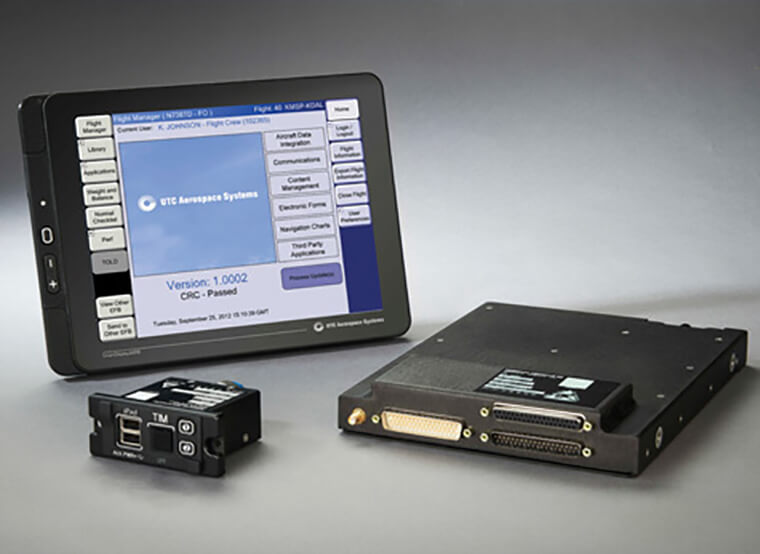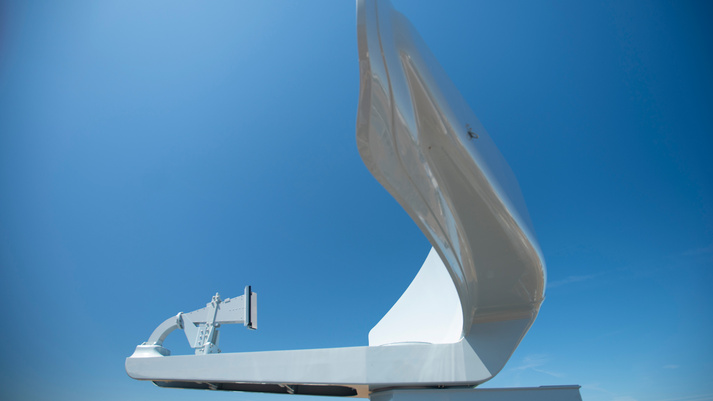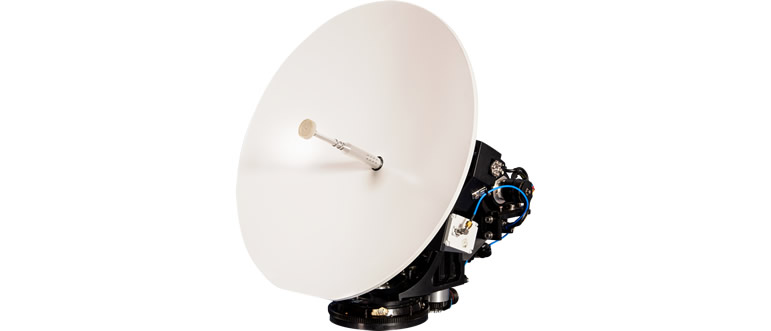The aircraft manufacturing and aftermarket industry are experiencing a substantial demand for technologically advanced components. The inclination curve of air travel is constantly climbing across geographies pressuring the aircraft manufacturers to deliver an increased number of aircraft. In a global scenario, commercial air passenger is anticipated to continuously grow over the years, regardless of various challenges commercial airlines face, such as aviation fuel prices. However, these challenges are succeeded by the surge in passengers globally. The low-cost carriers (LCC) in developed and developing economies are revolutionizing the aviation market by offering low-fare business models that facilitate air travel among the upper-middle class and middle-class societies in developing nations. According to International Air Transport Association (IATA), the commercial aviation passenger number is expected to rise from 1.8 billion in 2020 to 7.2 billion in 2035. Asia Pacific is foreseen to be the highest revenue generator region globally, owing to huge growth in air traffic in the countries such as China, India, Singapore, and Japan. China is anticipated to surpass the US by 2024 due to growing aviation traffic to, from, and within the nation. India will displace the UK to become the third-largest commercial air carrier globally. From January to November 2020, 55.6 million domestic passengers traveled in the Indian airspace, and from January to September 2020, 13.5 million international passengers traveled to and from India. As per the Ministry of Civil Aviation of India, the number of Indian airspace passengers is anticipated to rise to 450 million by 2035. The airliners are ordering more technologically advanced aircraft and avionics, owing to the significant growth of commercial air traffic. Thus, the valuation of the aircraft interface device market is escalating through the line fit, and the same is expected to drive the market in the coming years. Further, the airliners across the globe emphasize modification of avionics to enhance the safety of the aircraft, crews, and passengers. This factor is leading the airlines to opt for retrofitting their older aircraft with aircraft interface devices (AID), boosting the growth of the aircraft interface device market.
Thales Group; Honeywell International, Inc.; AMETEK, Boeing, and Collins Aerospace are the prominent players in the Aircraft Interface Device Market
Thales Group; Honeywell International, Inc.; AMETEK, Boeing, and Collins Aerospace are the prominent players in the Aircraft Interface Device Market. The listing of five key players based on a common criterion such as revenue is not feasible. Hence, we have derived this listing of “Key Five Players” in the Global Aircraft Interface Device Market” by giving weightage to following key parameters: overall revenue, segmental revenue, brand image & industry experience, current product portfolio, innovative and advanced technology integration/material enhancements, customer base, geographical reach, new product launches, partnerships, mergers & acquisitions, and other market related activities. In addition to these players, there are several other important players operating in the Aircraft Interface Device ecosystems which were studies analyzed during the course of this market research study, such as Viasat, Inc., Astronics Corporation, Anuvu, Carlisle Companies Incorporated, and SCI Technology, Inc.
Most of the market initiatives were observed in the North America region, which have a high potential of market-related products, solutions, and services. Few of the important market initiatives from the industry are mentioned below:
| Year | Development | Region |
| 2017 | Jeppesen, a Boeing Company, has collaborated with Teledyne Controls to integrate Jeppesen FliteDeck Pro with Teledyne’s GroundLink Comm+ system that includes Aircraft Interface Device (AID) functionality, dubbed GroundLink AID+. It will improve data connectivity for carriers using FliteDeck Pro, the industry’s leading electronic flight bag (EFB) solution for airlines and large-scale operators. | North America |
| 2017 | Teledyne Controls and Avionics Support Group, Inc. (ASG) have signed a joint marketing agreement to promote Teledyne’s GroundLink AID+ Aircraft Interface Device (AID) solution alongside ASG’s proven range of patented Electronic Flight Bag (EFB) mounting and power devices to provide a complete connectivity solution. | North America |
| 2019 | Viasat Inc, a global communications firm, and Teledyne Controls LLC, a renowned manufacturer of advanced avionics systems, announced a collaboration to deliver real-time linked flight deck services to commercial airlines. Airlines can off-load Quick Access Recorder (QAR) data and reliably stream Aircraft Communications Addressing and Reporting System (ACARS) signals from the flight deck using Viasat’s IFC system in conjunction with Teledyne’s Aircraft Interface Device (AID). | North America |



